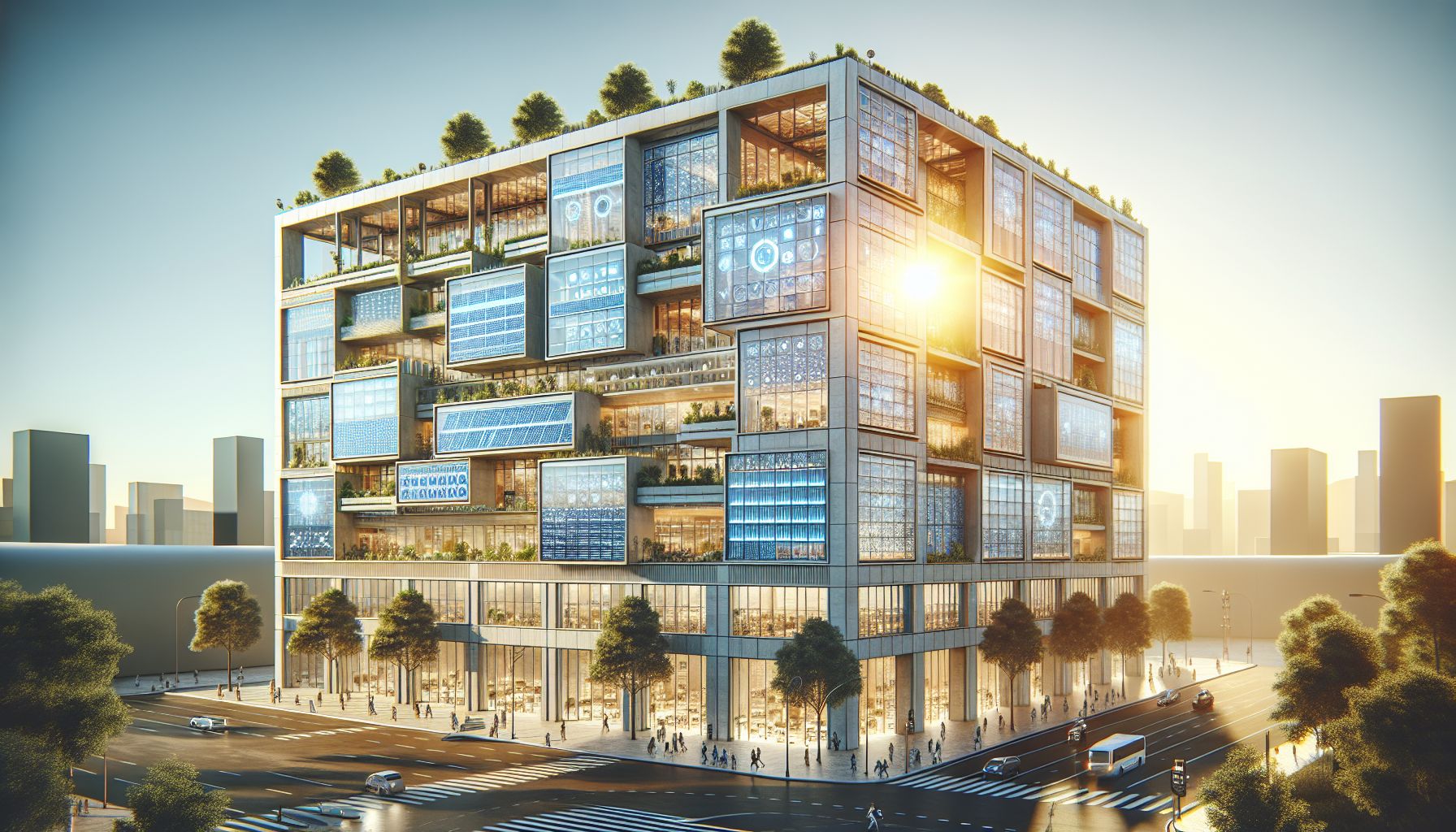Smart Glass Revolution: PHYSEE's Bid for Energy-Neutral Buildings

Delft, Monday, 29 July 2024.
Dutch startup PHYSEE is transforming commercial buildings with SmartSkin technology, integrating sensors and solar cells into windows. This innovation could cut energy consumption by 30%, addressing the sector’s significant carbon footprint.
The Vision Behind PHYSEE
PHYSEE, a Dutch startup, is on a mission to redefine the way commercial buildings consume energy. By integrating their SmartSkin technology into building glass, they aim to create energy-neutral buildings. This innovative solution embeds sensors and solar cells into windows, allowing dynamic energy management and significantly reducing energy consumption. The commercial building sector, which accounts for approximately 40% of global energy consumption and 30% of global greenhouse gases, stands to benefit immensely from such advancements[1].
Strategic Pivot and Business Model
During their participation in the Rise program, PHYSEE underwent a strategic pivot, transforming from a purely hardware company to a hardware-enabled software business model. This shift was crucial in positioning them as a key player in the sustainable building movement. As Ferdinand Grapperhaus Jr., CEO of PHYSEE, noted, ‘During the course of the Rise programme we really went through a complete pivot in terms of our strategy and business model’[1]. This transition allowed them to enhance their product offerings and better meet the demands of a rapidly evolving market.
Collaboration and Investment
To further their mission, PHYSEE has secured a €4 million investment and formed strategic partnerships with two major global glass manufacturers. These collaborations are instrumental in scaling their technology and ensuring widespread adoption. The company’s focus is on increasing its installed base with project developers while offering value-added services to end-users, thereby creating smart, sustainable, and comfortable environments[1].
Regulatory Landscape and Market Demand
The regulatory landscape in the European Union is becoming increasingly stringent with the introduction of the EU Green Deal, which mandates substantial improvements in the sustainability of commercial buildings. By 2023, all commercial buildings in the Netherlands must upgrade to energy label C, a standard that 68,000 office buildings currently do not meet. PHYSEE’s technology is well-positioned to help buildings meet these requirements, enhancing their BENG (Nearly Energy Neutral Building) scores and ensuring compliance with new regulations[1].
A Broader Impact on Sustainable Architecture
The impact of PHYSEE’s innovations extends beyond energy savings. Sustainable architecture seeks to minimize the negative environmental impact of buildings through improved efficiency and moderation in the use of materials and energy. By integrating SmartSkin technology, buildings can harness solar energy more efficiently, contributing to a broader cultural framework that reflects humanity’s relationship with nature[2]. This aligns with the principles of sustainable architecture, which aim to reduce operational carbon emissions and promote ecological conservation.

